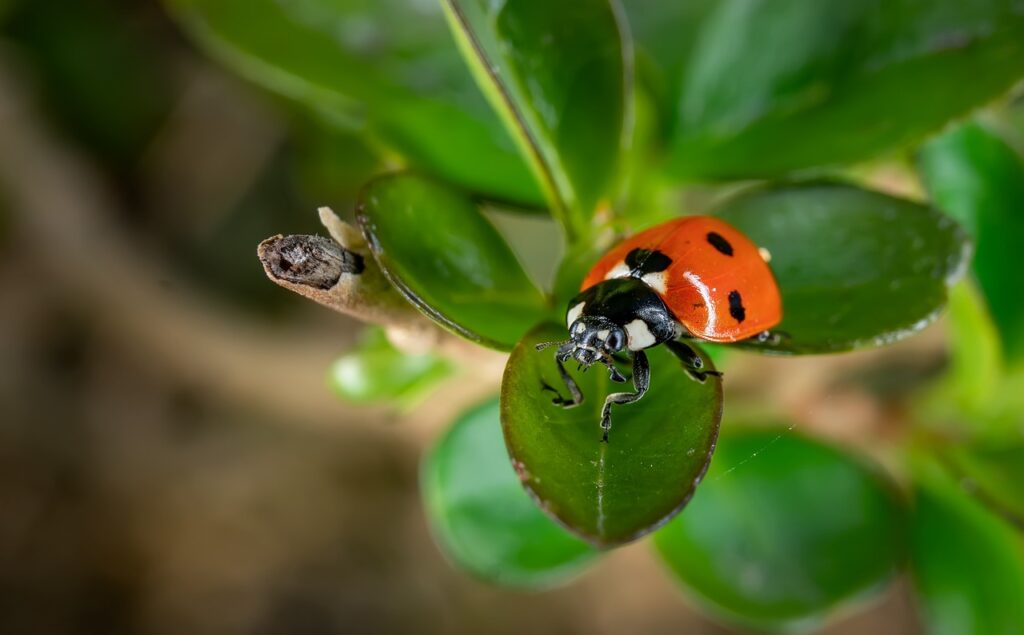Bloom & Bugs

Bugs
You can smell it before you see it — the slow rise of green, the soft breath of pollen, the early bloomers reaching for sun. Spring doesn’t explode all at once. It unfolds from the ground up. Shoots, petals, wings. With every degree gained, new life uncurls.
First come the wildflowers. Snowdrops, primroses, crocuses — low to the ground, defiant of the cold. Then the trees join in. Buds open into catkins, leaves unfurl, canopies begin to whisper again. Meadows grow taller. Hedgerows hum. What was brown and brittle just weeks ago begins to glow.
And then — the insects. They arrive almost invisibly, scattered and quiet, then suddenly everywhere. Bees bounce between blooms with a kind of lazy precision. Hoverflies drift like petals. Ladybirds climb stalks and vanish between leaves. Ants rebuild. Butterflies flutter in warm pockets of air between hedgerows. It feels spontaneous, but it’s all perfectly timed. The plants need the bugs, and the bugs need the bloom.
Pollination becomes the great exchange of spring. Pollen clings to legs, bodies, fur. It travels on purpose and by accident, shaping everything — the fruit to come, the seeds to fall. And while the big animals get the glory, the entire system is being held up by the smallest lives: beetles and bees, moths and midges, all working without applause.
This is when photographers often shift focus — not just up to the trees or out to the fields, but down. Look closer. Under leaves. Inside blossoms. Along the edge of puddles. There’s an entire world humming at ground level, and it only reveals itself to those who slow down enough to see it.
By late spring, the flowers are in full chorus. Whole landscapes glow with color, texture, and quiet movement. And among them, the bugs keep going — unnoticed, essential, and completely at home.
First come the wildflowers. Snowdrops, primroses, crocuses — low to the ground, defiant of the cold. Then the trees join in. Buds open into catkins, leaves unfurl, canopies begin to whisper again. Meadows grow taller. Hedgerows hum. What was brown and brittle just weeks ago begins to glow.
And then — the insects. They arrive almost invisibly, scattered and quiet, then suddenly everywhere. Bees bounce between blooms with a kind of lazy precision. Hoverflies drift like petals. Ladybirds climb stalks and vanish between leaves. Ants rebuild. Butterflies flutter in warm pockets of air between hedgerows. It feels spontaneous, but it’s all perfectly timed. The plants need the bugs, and the bugs need the bloom.
Pollination becomes the great exchange of spring. Pollen clings to legs, bodies, fur. It travels on purpose and by accident, shaping everything — the fruit to come, the seeds to fall. And while the big animals get the glory, the entire system is being held up by the smallest lives: beetles and bees, moths and midges, all working without applause.
This is when photographers often shift focus — not just up to the trees or out to the fields, but down. Look closer. Under leaves. Inside blossoms. Along the edge of puddles. There’s an entire world humming at ground level, and it only reveals itself to those who slow down enough to see it.
By late spring, the flowers are in full chorus. Whole landscapes glow with color, texture, and quiet movement. And among them, the bugs keep going — unnoticed, essential, and completely at home.
